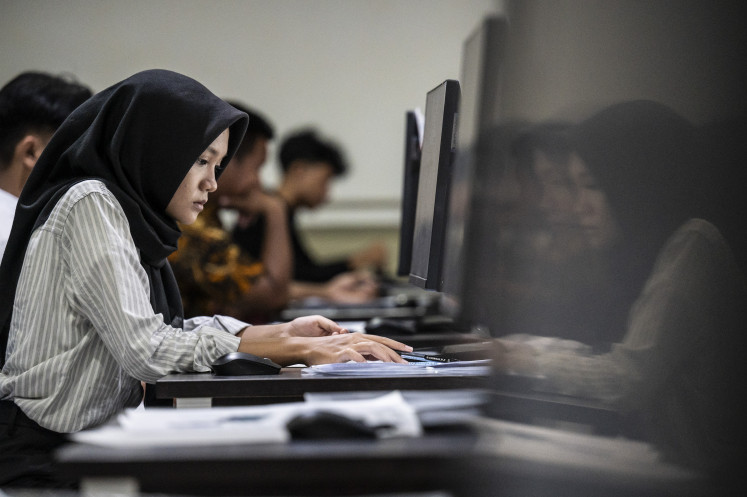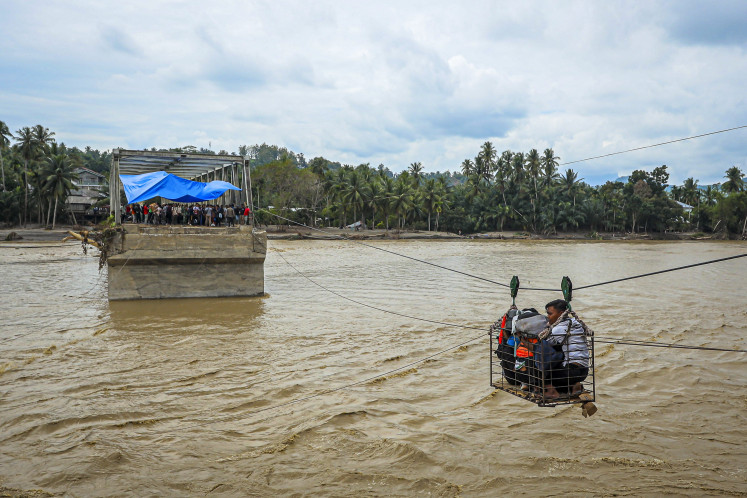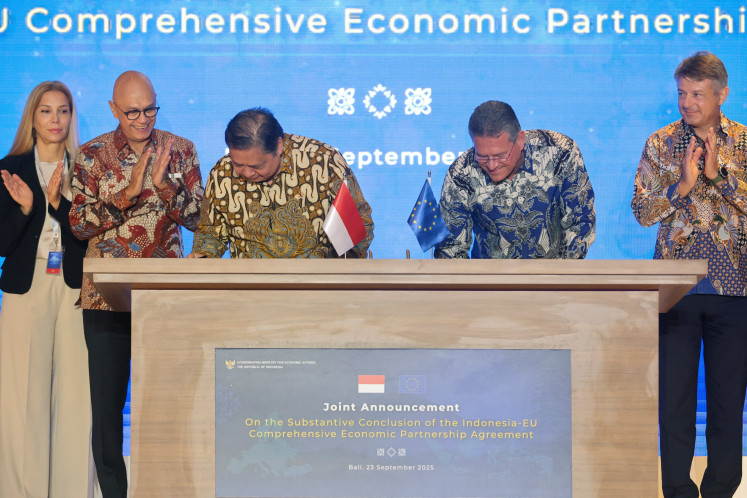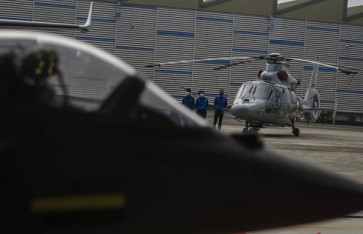Popular Reads
Top Results
Can't find what you're looking for?
View all search resultsPopular Reads
Top Results
Can't find what you're looking for?
View all search resultsWhat the next ‘MEF’ for 2025-2045 needs to focus on
However, most of the financial resources allocated for the MEF programs in the last 15 years have been directed toward procuring off-the-shelf weapon systems.
Change text size
Gift Premium Articles
to Anyone
The recent Iranian attack on Israel, reportedly involving dozens, if not hundreds, of drones, cruise missiles and ballistic missiles, solidified Iran’s position among a select few nations capable of executing long-range attacks on foreign soil using homegrown weapon systems. While the international community advocates for restraint to prevent a regional escalation, this event also illuminated the strategic acumen of a nation navigating resource constraints and external pressures to bolster its defense capabilities to a deterrence threshold.
Despite harsh economic sanctions, Iran has effectively honed its missile technology expertise and boasts a variety of missiles, including air defense, cruise missiles and short- to medium-range ballistic missiles, alongside various drones.
Over the last decade, Iran has consistently showcased its new missiles, some derived from Western-made systems acquired before the 1978 Islamic Revolution, while others were improved upon from Soviet or North Korean designs.
However, Iran’s success in mastering key technologies was influenced by the fact that the country was unable to modernize its armed forces, which remained heavily reliant on Western-made weapon systems after the devastating Iran-Iraq war that ended in 1988. Due to embargoes and perceived threats from neighboring countries and the United States, Iran opted to rely heavily on missiles for defense and deterrence, allocating its limited resources to master these key technologies, especially with assistance from North Korea.
Nevertheless, a country facing similar resource limitations and seeking ways to build deterrence capabilities, such as Indonesia, need not copy Iran's playbook. No longer under military embargo, Indonesia has more options for sourcing defense technology as evident in its collaborations with South Korea for several key weapon systems and the Netherlands for corvettes.
In fact, Indonesia had better technological capabilities than Iran in the 1990s, especially in the aerospace sector. Indonesian engineers in the 1990s even secretly assisted Iran in reverse-engineering Western-made jet fighter components. Iran, in the late 2000s, also sought Indonesia's help with subsonic wind tunnel testing for regional turboprop aircraft development.


















